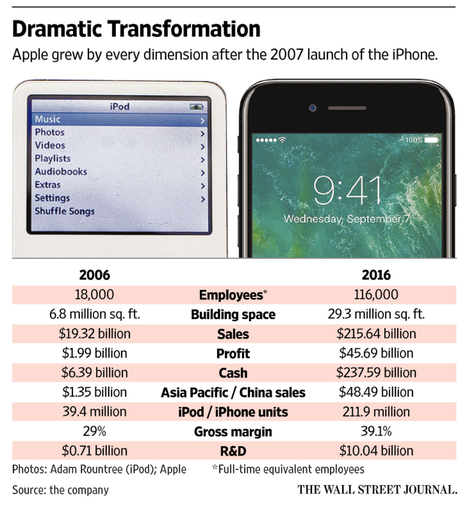(p. A1) SACRAMENTO — A full-fledged housing crisis has gripped California, marked by a severe lack of affordable homes and apartments for middle-class families. The median cost of a home here is now a staggering $500,000, twice the national cost. Homelessness is surging across the state.
In Los Angeles, booming with construction and signs of prosperity, some people have given up on finding a place and have moved into vans with makeshift kitchens, hidden away in quiet neighborhoods. In Silicon Valley — an international symbol of wealth and technology — lines of parked recreational vehicles are a daily testimony to the challenges of finding an affordable place to call home.
Heather Lile, a nurse who makes $180,000 a year, commutes two hours from her home in Manteca to the San Francisco hospital where she works, 80 miles away. “I make really good money and it’s frustrating to me that I can’t afford to live close to my job,” said Ms. Lile.
. . .
Now here in Sacramento, lawmakers are considering extraordinary legislation to, in effect, crack down on communities that have, in their view, systematically delayed or derailed housing construction proposals, often at the behest of local neighborhood groups.
The bill was passed by the Senate last month and is now part of a broad package of housing proposals under negotiation that Gov. Jerry Brown and Democratic legislative leaders announced Monday was likely to be voted on in (p. A13) some form later this summer.
“The explosive costs of housing have spread like wildfire around the state,” said Scott Wiener, a Democratic senator from San Francisco who sponsored the bill. “This is no longer a coastal, elite housing problem. This is a problem in big swaths of the state. It is damaging the economy. It is damaging the environment, as people get pushed into longer commutes.”
. . .
The bill sponsored by Mr. Wiener, one of 130 housing measures that have been introduced this year, would restrict one of the biggest development tools that communities wield: the ability to use zoning, environmental and procedural laws to thwart projects they deem out of character with their neighborhood.
For the full story, see:
Adam Nagourney and Conor Dougherty. “Housing Costs Put California In Crisis Mode.” The New York Times (Tuesday, July 18, 2017): A1 & A13.
(Note: ellipses added.)
(Note: the online version of the story has the date July 17, 2017, and has the title “The Cost of a Hot Economy in California: A Severe Housing Crisis.”)



